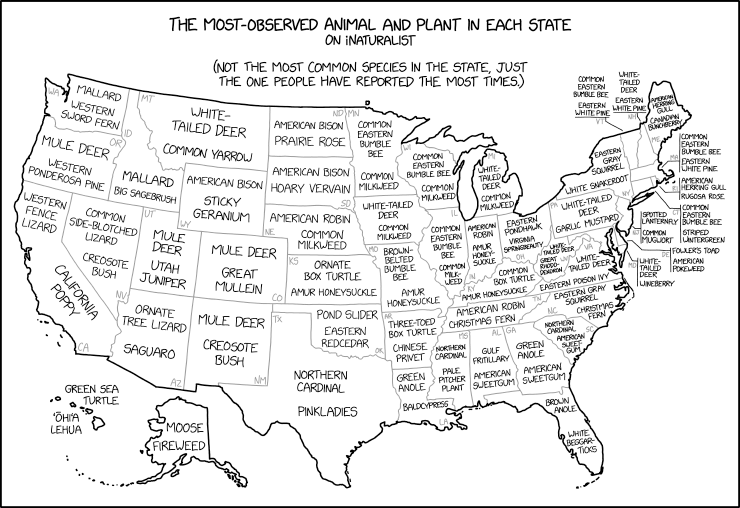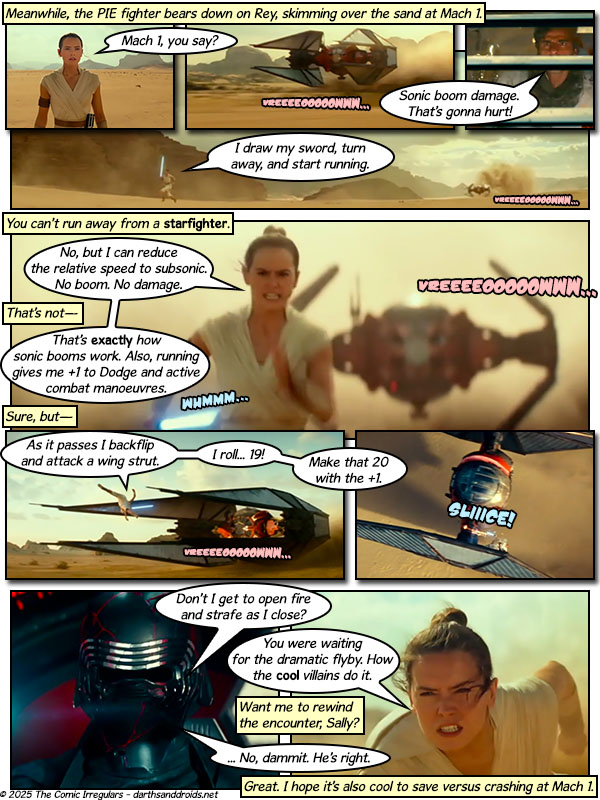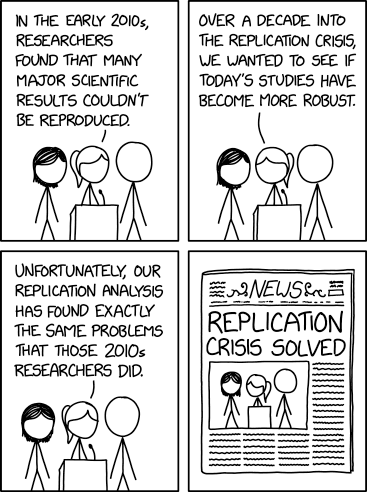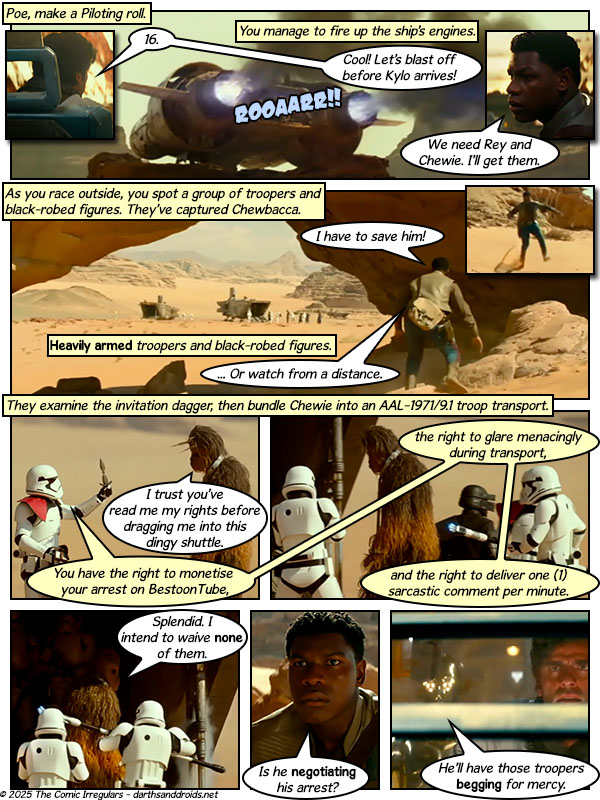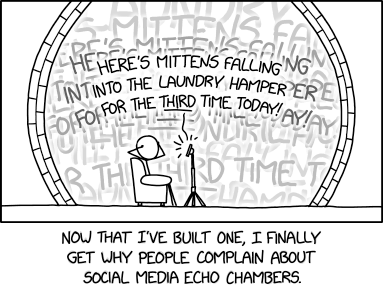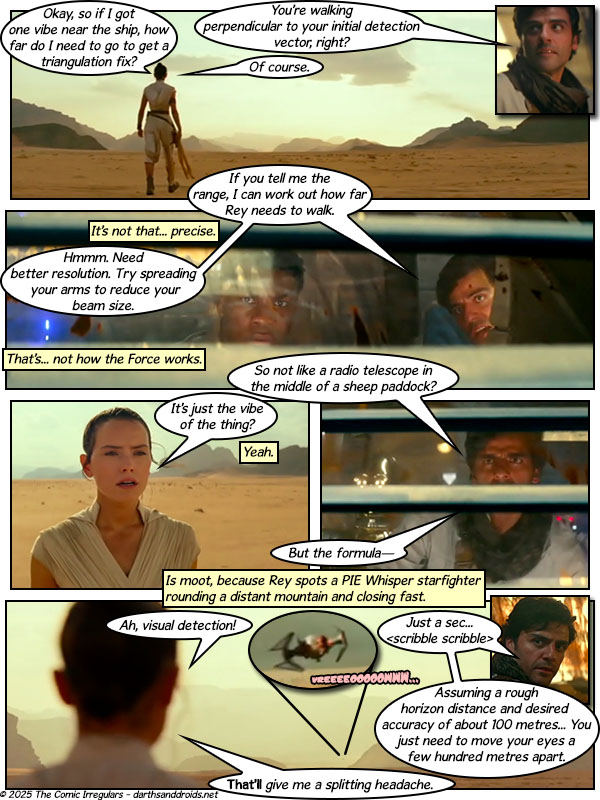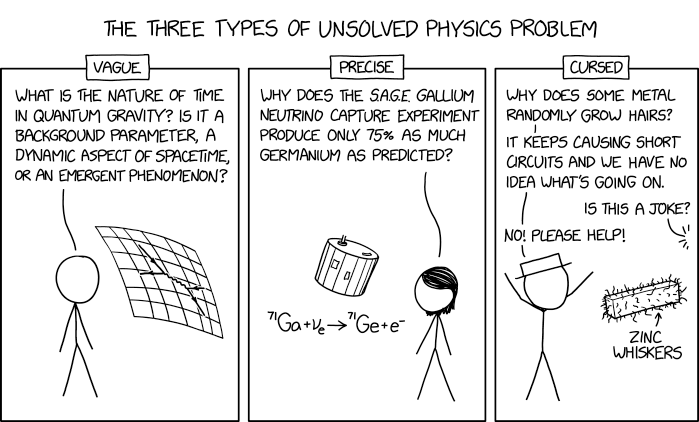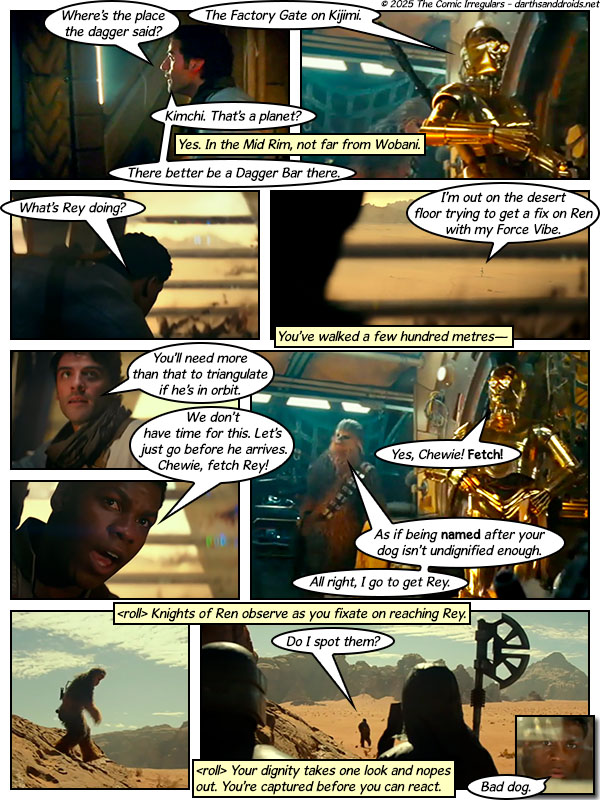The Lost Song of Wade.
Monday, 21 July 2025 20:03Seb Falk and James Wade (no relation) have published an open-access paper in the Review of English Studies, The Lost Song of Wade: Peterhouse 255 Revisited, that is usefully summarized in Stephen Castle’s NY Times article (archived):
Geoffrey Chaucer, often regarded as the first great poet in English, drops references at two points in his works to an older poem or story, the Tale of Wade, that seems to have needed no explanation in his own time but has since all but disappeared. The one surviving fragment — a few lines of verse quoted in a 12th-century sermon and rediscovered in the 1890s — only left scholars more puzzled.
Now, two Cambridge University academics, James Wade (whose family name is coincidentally shared with the tale) and Seb Falk, believe they may have unlocked the riddle by correcting a mishap that remains familiar to publishers almost a millennium later. Call it a medieval typo. The fragment seemed to refer to a man alone among elves and other eerie creatures — something from the story of a mythological giant, or of a heroic character like Beowulf who battled supernatural monsters. […]
The new research, published on Wednesday in Britain in “The Review of English Studies,” suggests that the “elves” sprang from a linguistic error by a scribe, who miscopied a word that should have meant “wolves,” and that Wade in fact belonged to a chivalric world of knights and courtly love — much more relevant to Chaucerian verse. […]
Richard North, a professor of English language and literature at University College London, said the authors’ analysis of the 12th-century verse made a good case about the nature of Wade. “I think they are right that he must be a knight from a lost romance rather than a giant from English folklore,” he said.
Others were more circumspect about the implications of the study. Stephanie Trigg, a professor of English literature at the University of Melbourne, Australia, said she was “persuaded by the reading of wolves (not elves)” and said the analysis contained “lots and lots of fascinating details and contexts,” but said: “I’d be cautious about claiming this is a revolutionary way of understanding Chaucer.”
The verses were discovered in 1896 by M. R. James, author of “Oh, Whistle, and I’ll Come to You My Lad” (see this LH post, wherein I report my discovery of the word ontography); he put elves and adders into the translated version, but:
The new study concludes that the sermon’s scribe confused a runic letter that was still found in Middle English, and pronounced ‘w,’ with the letter ‘y.’ That, it says, turned “wlves” into “ylves.” The scholars also argue that the word formerly translated as sprites, “nikeres,” refers to sea snakes. Drawing on the Latin text around it, they suggest the passage concerns beastly human behavior, translating it as follows:
Some are wolves and some are adders; some are sea snakes that dwell by the water. There is no man at all but Hildebrand.
“Here were three lines apparently talking about elves and sea monsters which exactly puts you in this world of Beowulf and other Teutonic legends,” said Dr. Wade. “What we realized is that there are no elves in this passage, there are no sea monsters and, in the study of the handwriting, everyone has gotten it wrong until now.”
(We discussed nicors/nixies back in 2014.) Not earthshaking, but I can’t help feeling pleasure at getting rid of the bloody elves.
